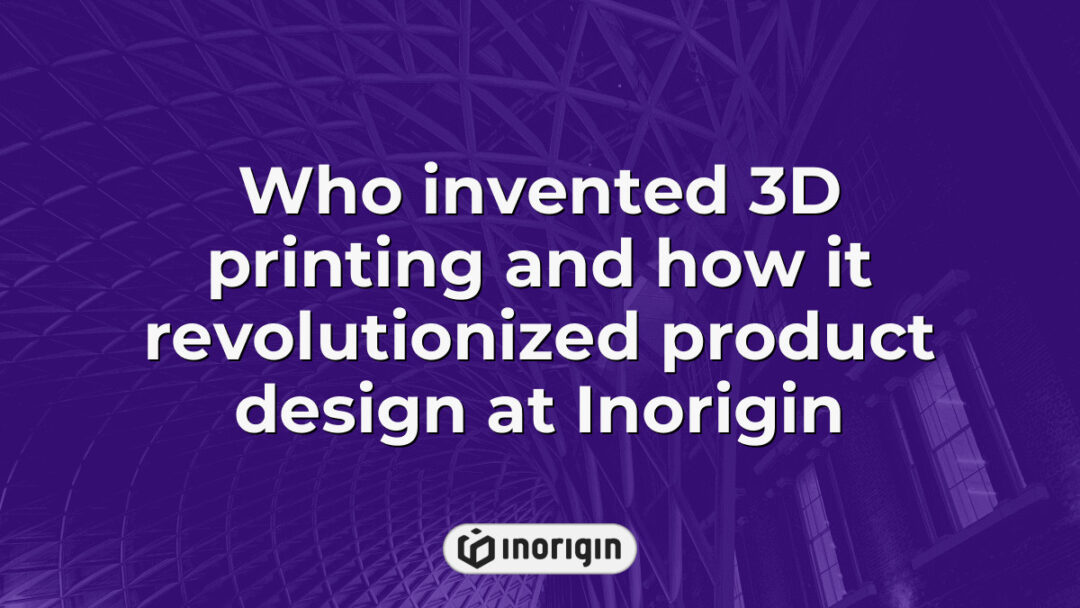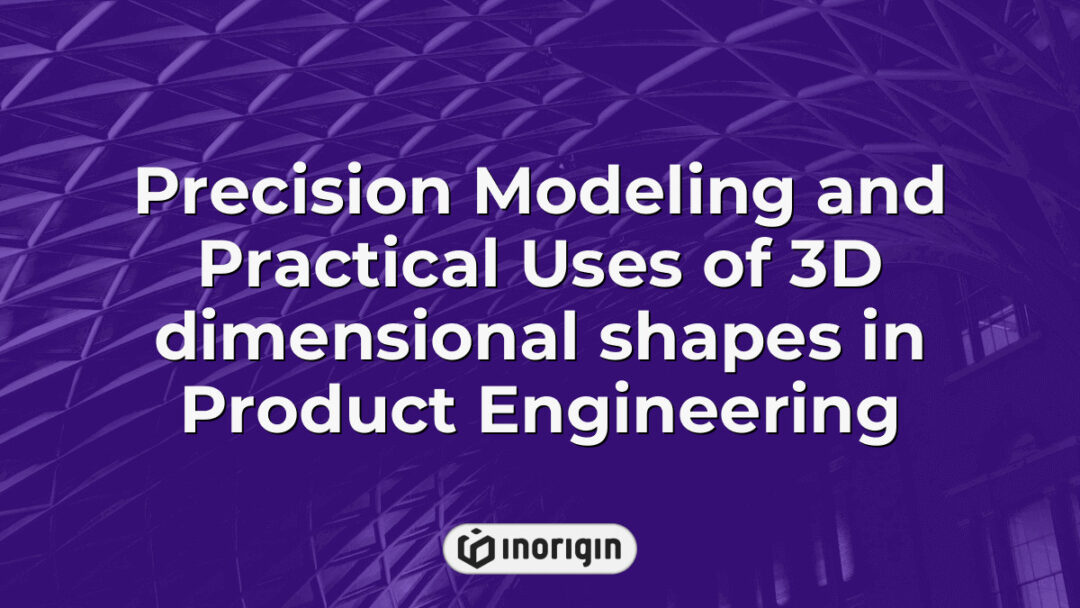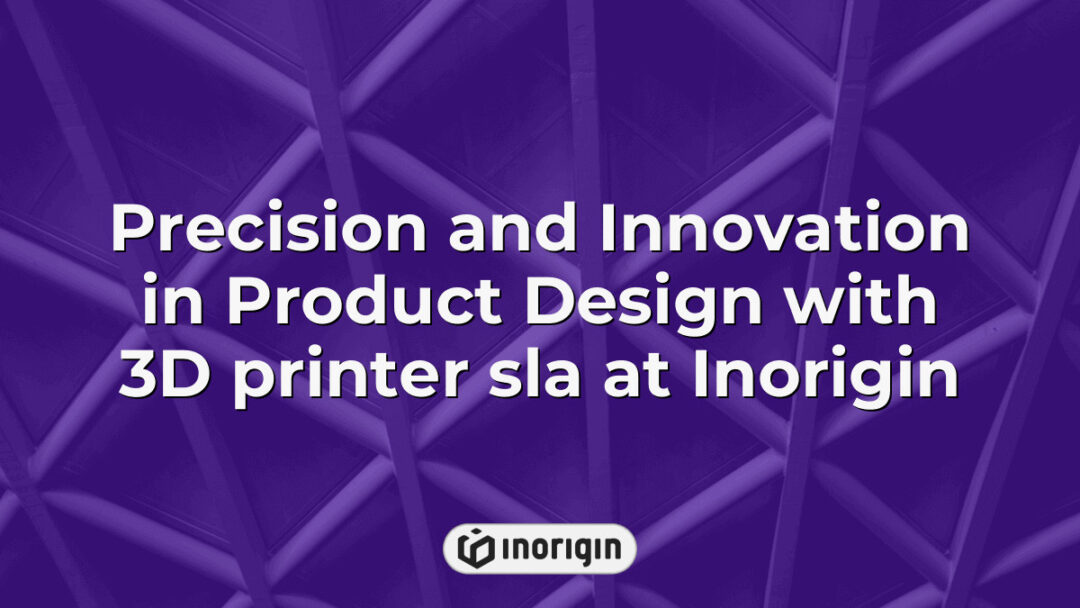In the vibrant tapestry of technological innovation, few threads shine as brightly as that of 3D printing, a revolutionary process reshaping industries from manufacturing to medicine. Dubbed a cornerstone of the fourth industrial revolution, this transformative technique allows for the creation of complex structures layer by layer, challenging traditional notions of production and design. The birth of 3D printing can be traced back to the early 1980s when visionary inventors first harnessed the power of additive manufacturing to materialize ideas into tangible objects. This article seeks to explore the origins and key contributors behind this remarkable invention, unraveling a narrative of creativity and ingenuity that has propelled humanity toward unprecedented possibilities in fabrication technology.
| Aspect | Key Takeaway |
|---|---|
| Invention | Who invented 3D printing? Chuck Hull developed the first stereolithography apparatus in the early 1980s, pioneering additive manufacturing. |
| Technology Foundation | 3D printing builds objects layer by layer using additive manufacturing, offering greater design freedom and reduced material waste compared to traditional methods. |
| Pioneers | Key contributors include Chuck Hull, Scott Crump who developed Fused Deposition Modeling (FDM), and research from MIT’s Media Lab, collectively advancing the field. |
| Materials | Diverse materials like thermoplastics (ABS, PLA), metals, ceramics, and composites enable tailored properties for various industrial and medical applications. |
| Industry Impact | 3D printing drives innovation in manufacturing and healthcare by enhancing customization, accelerating prototyping, and improving cost efficiency. |
| Future Innovations | Developments such as bioprinting and novel printable materials promise to expand 3D printing’s role in sustainable, high-performance product fabrication. |
| Market Growth | The 3D printing industry is rapidly growing, expected to surpass $34 billion by 2024, reflecting its increasing adoption across multiple sectors. |
The Origins Of 3D Printing Technology
The origins of 3D printing technology can be traced back to the early 1980s, when approximately 50% of all products were forecasted to exist solely in digital form. This emerging trend set the stage for innovations in manufacturing processes, most notably through the development of stereolithography by Charles Hull in 1986. Hull’s pioneering work introduced a method that utilizes ultraviolet light to solidify liquid resin layer by layer, thus marking a significant departure from traditional subtractive manufacturing methods. The concept of additive manufacturing arose from this technique, wherein material is added rather than removed during production; such an approach not only enhances design flexibility but also reduces waste and time associated with product fabrication. Through these advancements, 3D printing has rapidly evolved to encompass various materials and applications across numerous industries, fundamentally altering the landscape of modern manufacturing practices. As research continues into improving efficiency and scalability within this field, the impact of Hull’s invention remains evident in today’s technological milieu.
Pioneers In The Development Of 3D Printing
The development of 3D printing technology can be attributed to several key pioneers whose contributions have significantly shaped its history. One prominent inventor is Chuck Hull, who created the first stereolithography apparatus in 1983, marking a foundational moment in additive manufacturing. His innovation allowed for the layer-by-layer fabrication of three-dimensional objects from digital models, laying the groundwork for future advancements in 3D printing processes. Additionally, other influential figures include Scott Crump, co-founder of Stratasys and developer of Fused Deposition Modeling (FDM) technology in the late 1980s, which revolutionized how thermoplastic materials could be utilized to create complex geometries. Moreover, developments by entities such as MIT’s Media Lab further propelled research into various forms of 3D printing techniques, thereby expanding their applications across multiple industries. Collectively, these inventors not only advanced technical capabilities but also paved the way for contemporary uses ranging from prototyping to medical applications and beyond within the evolving field of additive manufacturing.
The First 3D Printer: A Milestone Creation
The advent of 3D printing stands as a monumental achievement in technological innovation; how might society have evolved without the transformative impact of this invention? The first 3D printer, known as the StereoLithography Apparatus (SLA), was developed by Chuck Hull in the early 1980s. This groundbreaking technology utilized ultraviolet light to cure resin layer by layer, thereby creating solid objects from digital designs. Before Hull’s pioneering work, additive manufacturing concepts existed but lacked practical application for widespread use. As production processes shifted from traditional subtractive methods toward more efficient and customizable approaches, it became apparent that Hull’s development marked a significant turning point in both industrial design and fabrication techniques. Consequently, his invention not only paved the way for future advancements within the realm of 3D printing but also established a framework that continues to inspire innovation across various sectors today.
Key Innovations In 3D Printing Evolution
The evolution of 3D printing has been marked by several key innovations that have significantly advanced the technology and broadened its applications. Notably, it is estimated that the global 3D printing market will reach a value exceeding $34 billion by 2024, indicating rapid growth driven by sectors such as manufacturing and healthcare. One critical innovation in this trajectory can be attributed to Hideo Kodama’s development of a solid imaging system in the early 1980s, which paved the way for subsequent advancements in additive manufacturing techniques. Furthermore, the advent of rapid prototyping methods streamlined product design processes, allowing for quicker iterations and reductions in time-to-market across various industries. As a result, these technological developments not only enhanced production efficiency but also opened new avenues for creativity and customization within both consumer goods and industrial applications. The continuous refinement of materials and processes remains central to the ongoing transformation of 3D printing capabilities, ensuring sustained interest and investment in this dynamic field.
Impact Of 3D Printing On Modern Manufacturing
The impact of 3D printing on modern manufacturing is multifaceted and profound, reshaping production processes across various industries. Initially developed through foundational contributions by pioneers such as Dr. Hideo Kodama in the early 1980s, who introduced the concept of rapid prototyping using photopolymers, 3D printing has evolved significantly over the decades. This technology not only enhances design flexibility but also reduces material waste and accelerates time-to-market for new products. The following three aspects illustrate its transformative effect: (1) cost efficiency—a notable reduction in production costs allows companies to streamline operations; (2) customization—manufacturers can produce tailored solutions that meet specific consumer demands or applications; and (3) sustainability—the capacity to minimize excess material usage contributes positively to environmental conservation efforts. As these benefits are further realized, it becomes evident how integral 3D printing has become in redefining traditional manufacturing paradigms, ultimately leading to an industry that values innovation alongside practicality.
Frequently Asked Questions
How Has 3D Printing Technology Evolved Since Its Invention?
The evolution of 3D printing technology offers an intriguing juxtaposition; a technique initially perceived as a novelty has transformed into a cornerstone of modern manufacturing and design. Emerging in the early 1980s with the advent of stereolithography, developed by Chuck Hull, this innovative process laid the groundwork for further advancements in additive manufacturing. Subsequently, numerous techniques such as fused deposition modeling (FDM) and selective laser sintering (SLS) were introduced, each contributing to improved accuracy, material properties, and production speed. The adoption of diverse materials—from plastics to metals—and the advancement of software have significantly expanded applications across various sectors including aerospace, healthcare, and consumer products. Concurrently, open-source initiatives have democratized access to 3D printing technologies, enabling small businesses and individuals to harness powerful tools once reserved for large corporations. As these developments coincide with increased interest in sustainability through reduced waste generation compared to traditional subtractive methods, it is evident that the trajectory of 3D printing reflects an ongoing synthesis of innovation driven by both necessity and ingenuity within contemporary industrial contexts.
What Industries Benefit The Most From 3D Printing?
The emergence of 3D printing technology has revolutionized a multitude of industries, akin to the transformative impact of the Internet on communication and commerce. Among these sectors, aerospace stands out as a primary beneficiary; companies utilize additive manufacturing to create lightweight components that enhance fuel efficiency and reduce costs. Furthermore, in medicine, customized implants and prosthetics tailored through 3D scanning not only improve patient outcomes but also streamline surgical procedures by enabling precise pre-operative planning. The automotive industry is similarly affected, employing 3D printing for rapid prototyping which accelerates design iterations while minimizing material waste. Additionally, the construction sector embraces this technology to produce complex architectural elements with greater speed and reduced labor expenses. As such, it becomes evident that nearly every facet of commercial enterprise can harness the advantages offered by 3D printing, underscoring its significance across diverse applications and further promoting innovation within each corresponding field.
Are There Environmental Concerns Associated With 3D Printing?
The adage "there is no such thing as a free lunch" encapsulates the complexities inherent in advanced technologies, such as 3D printing. Despite its transformative potential across various sectors, environmental concerns associated with 3D printing warrant careful consideration. To begin with, the production processes involved in additive manufacturing often utilize polymers and thermoplastics that may not be biodegradable, leading to long-term waste management challenges. Moreover, while some techniques reduce material waste compared to traditional subtractive methods, energy consumption during both the printing and curing stages can significantly contribute to carbon footprints if sourced from non-renewable resources. Furthermore, emissions of volatile organic compounds (VOCs) during certain printing processes raise air quality concerns, particularly in enclosed workspaces. Transitioning towards environmentally friendly materials and optimizing energy use are critical steps for mitigating these issues; however, realizing sustainable practices remains an ongoing challenge within the industry. As comprehensive regulatory frameworks develop alongside technological advancements, addressing these environmental impacts will become increasingly important for fostering responsible innovation in 3D printing.
What Materials Are Commonly Used In 3D Printing Today?
The landscape of materials utilized in 3D printing has evolved significantly, accommodating a diverse range of applications and use cases. Current advancements have led to an extensive selection of materials that can be employed in additive manufacturing processes. Notably, several types of thermoplastics dominate the industry due to their versatility and availability. These include: 1) Acrylonitrile Butadiene Styrene (ABS), known for its strength and heat resistance; 2) Polylactic Acid (PLA), favored for its ease of use and biodegradability; 3) Nylon, which offers excellent durability and flexibility; and 4) Polyethylene Terephthalate Glycol-Modified (PETG), appreciated for its clarity and toughness.
In addition to these common materials, metal powders such as titanium alloys are increasingly being used in more advanced applications like aerospace engineering and medical implants. Furthermore, ceramic materials are gaining traction within specialized fields due to their unique properties suited for high-temperature environments or aesthetic purposes. The incorporation of composite materials also represents a significant trend within the field—these materials combine two or more constituents to result in superior mechanical properties suitable for industrial applications. As the technology advances, the palette of available materials continues to expand, enabling innovations across various sectors while addressing specific performance metrics needed by users.
What Future Advancements Are Anticipated In 3D Printing Technology?
Imagine a future where entire buildings can be fabricated overnight, reminiscent of scenes from science fiction films. The anticipated advancements in 3D printing technology are poised to revolutionize various industries through enhanced capabilities and efficiency. Researchers predict the development of advanced bioprinting techniques that will enable the fabrication of complex tissue structures for medical applications, potentially transforming organ transplantation and regenerative medicine. Furthermore, improvements in materials science may yield new classes of printable substances, including bio-compatible polymers and metal alloys with unprecedented properties. Concurrently, innovations in software algorithms are expected to optimize design processes, allowing for highly customizable products tailored to individual needs while reducing waste significantly. As such developments unfold, it is plausible that 3D printing could play an integral role in sustainable manufacturing practices by minimizing material usage and energy consumption throughout production cycles. Overall, these anticipated strides indicate that 3D printing technology is on the verge of redefining traditional manufacturing paradigms across multiple sectors.
Conclusion
The journey of 3D printing, from its inception to revolutionary advancements, unveils a narrative rich with creativity and innovation. As the technology continues to evolve, one question lingers: how will future developments reshape industries and redefine manufacturing processes in ways yet imagined? The potential remains boundless.
Related posts:
- Additive Manufacturing Advancements Driving Precision Engineering and Product Innovation at Inorigin
- What is Additive Manufacturing and Its Role in Transforming Product Design and Engineering
- When Was 3D Printing Invented and Its Breakthrough Impact on Modern Manufacturing at Inorigin
- Additive Manufacturing Transform Product Design And Engineering Through Advanced 3D Printing at Inorigin
- Additive Manufacturing Impact Product Development Driving Innovation and Speed at Inorigin Studio
- How Can Additive Manufacturing Revolutionize Product Production Through Design Freedom and Supply Chain Innovation




